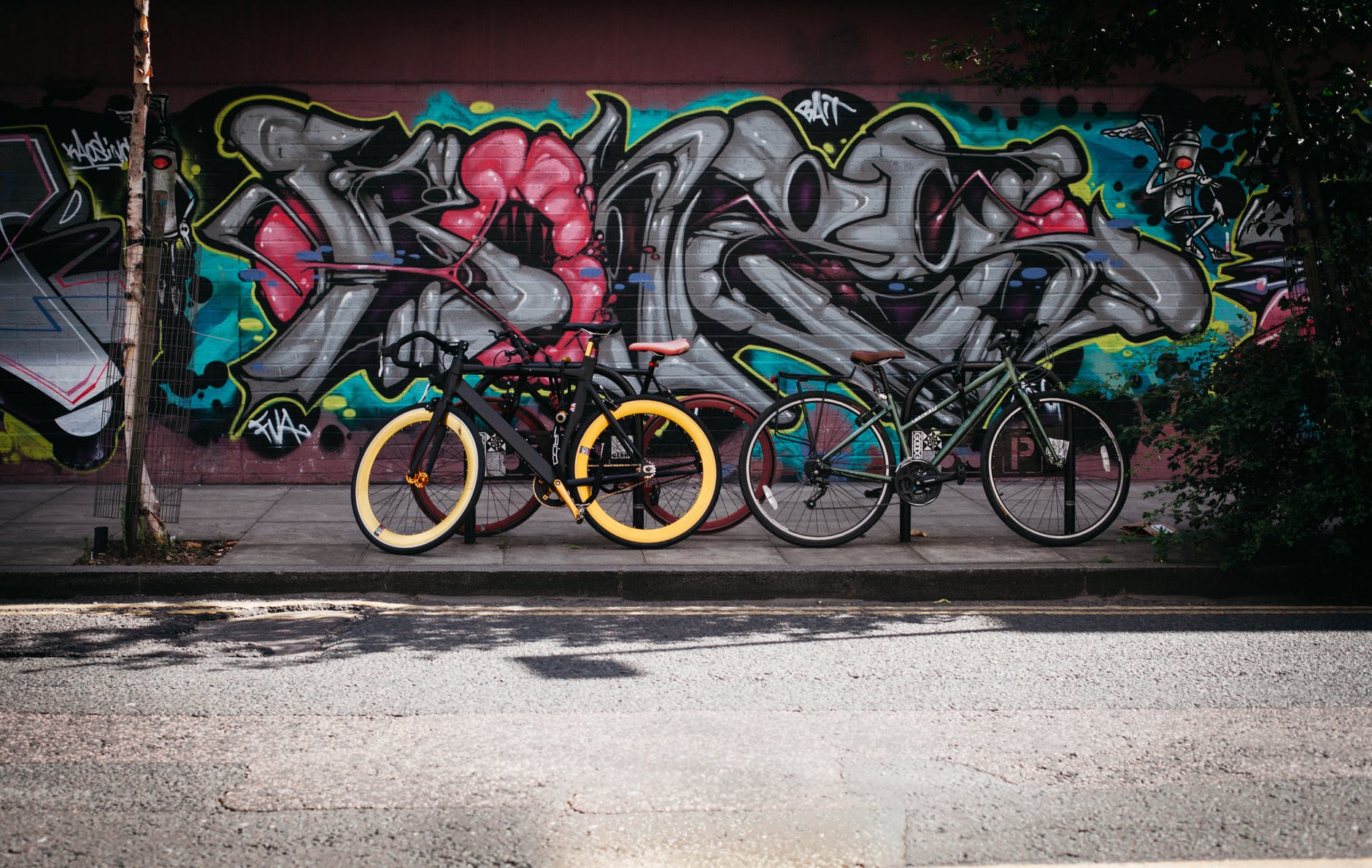4 Urban Planning Influencers and Innovators Worth Knowing
When the City Museum of New York held an exhibition on Manhattan’s layout, they named it the “Greatest Grid” because of the importance of planning in Manhattan’s success. Urban planning as a profession only developed in the 1800s, around the time the Manhattan grid was being set. While now we think of planners as a modern activity, the people who initially shaped cities had different problems and priorities.
In ancient times, cities were located on areas of strategic military importance, commercial interests such as ports, or spiritual centers. Planning the layout wasn’t particularly important, especially for each new leader who wanted to leave their mark. People resisted organization, too. When Rome burned in AD64, a proposal to make streets uniform and planned was turned down by the public.
Urban planning became a respected practice much later. At the first international urban planning conference in 1898, social workers and doctors stressed about overpopulation causing disease to spread, but the focus was mainly on an even more alarming challenge: horse manure from the many carriages in the streets. We’ve come a long way since then.
Here are four major influencers and innovators in the world of urban planning, both past and present.
James Corner and Field Operations
Having achieved fame through the New York City High Line, James Corner has also changed the way people interact with city streets and skylines. Being lifted into the air on the High Line changes our perspective, lets us see in windows, and lets us take a break from the world below. He is a landscape architect and academic, balancing structured human creations with wild nature. Some of this work involves undoing what city planners, and the natural course of a city’s changes, have done before him. In Cleveland, Corner adjusted the town square from a busy traffic center to return it to the original 1796 idea of a public meeting area.
Jane Jacobs
As an activist, Jacobs protested, rioted, was arrested, wrote at Harvard, and moved to Canada. She lived a full life, and wrote The Death and Life of Great American Cities, a book which looks at how a city is made up of neighborhoods and people, not just streets and buildings. Jacobs argued for diversity as a key to safety and success. She pointed out that everyone in a neighborhood lives and acts the same, the streets would be empty at certain hours. If everyone shopped and thought the same, small businesses would never find customers. Her theories about mixed housing are visible in New York’s streets today, where 24hr corner store bodegas are the backbone of some neighborhoods.
Sharon Zukin
As a professor at Brooklyn College, Zukin thinks and writes about New York City. In her book The Cultures of Cities, she looks at urban spaces and whether public space is really open to the public. She examines what culture influences a public space, and considers the role of the private-sector. Zukin also advocates for small businesses in New York versus chain stores, and considers how New York has changed over time and influenced the world by popularizing lofts that were once occupied by artists.
Donald Shoup
On the other coast, Shoup is Distinguished Research Professor in the Department of Urban Planning at UCLA. He also has a lively url for his personal website. His focus is on parking and the major social and economic toll that parking spaces can take on a city. He argues that everyone pays for parking, via increased costs in businesses, housing, and taxes. More importantly, money spent on parking removes funds from public transport, as well as bike and walking infrastructure. His attention to cars has shifted entire city plans from ‘minimum parking requirement’ to ‘maximum parking allowance’ for some developments.
Whether you agree or disagree with these influential planners, they each bring an important perspective on how we exist together in cities.

